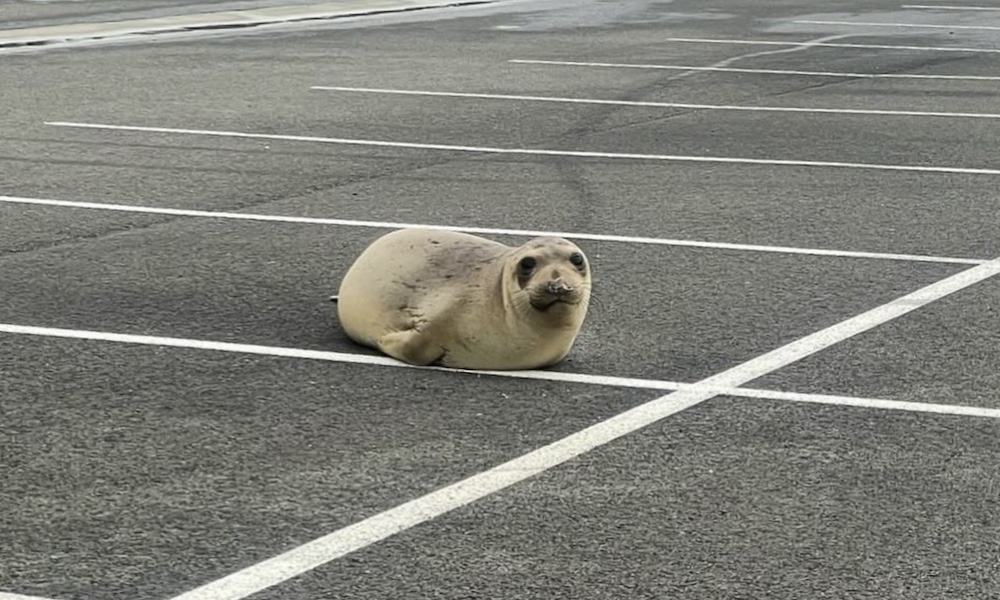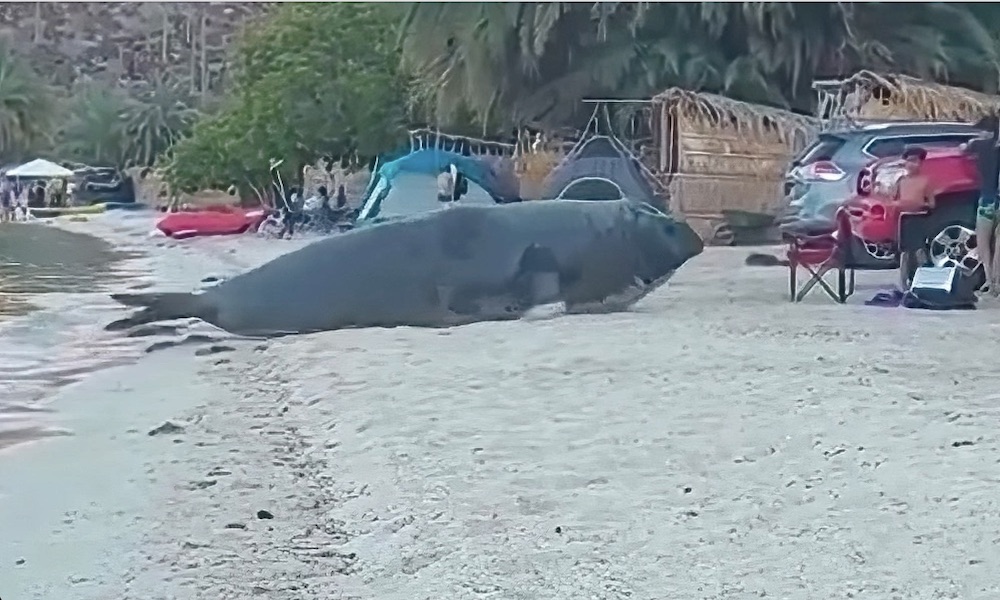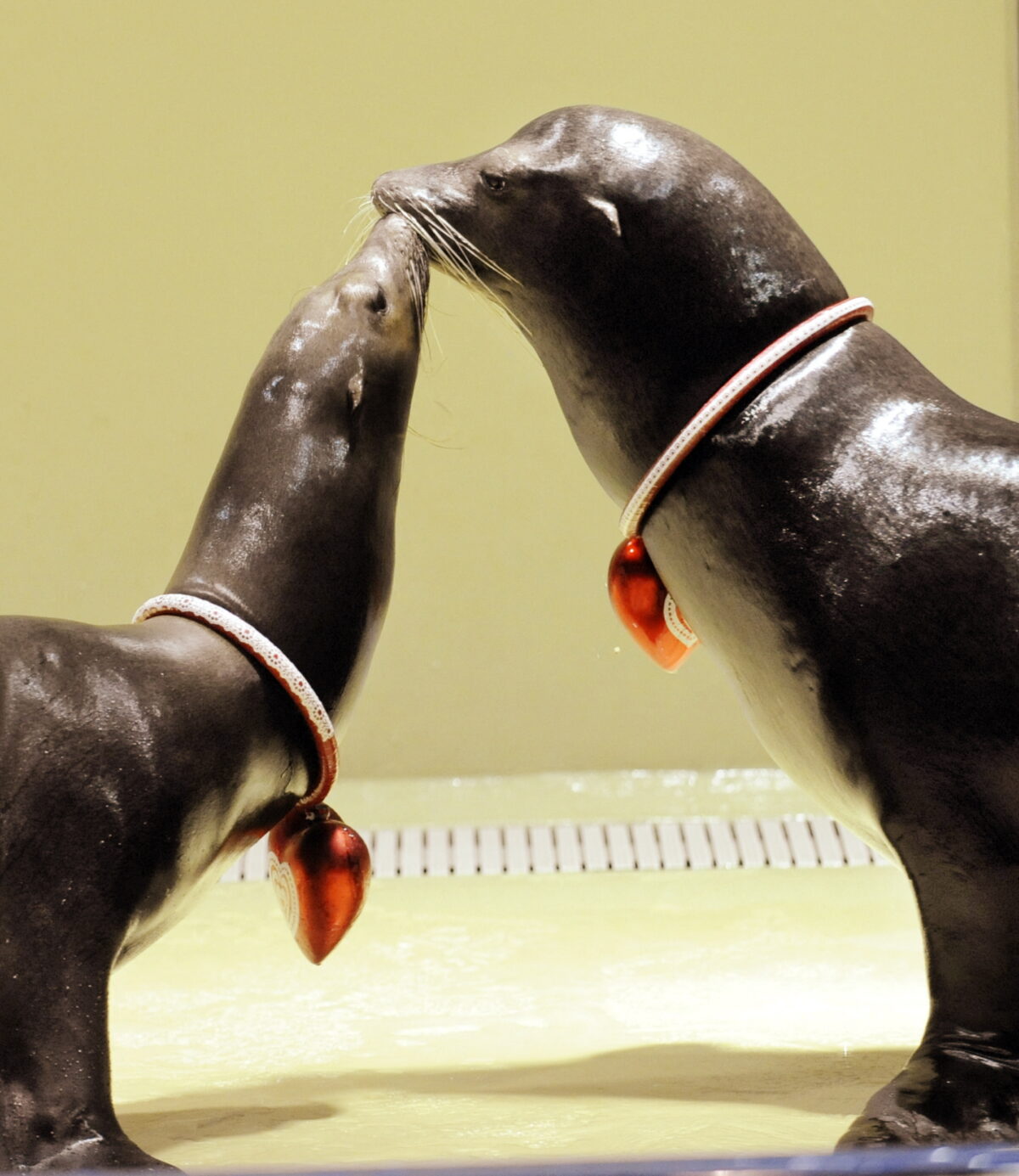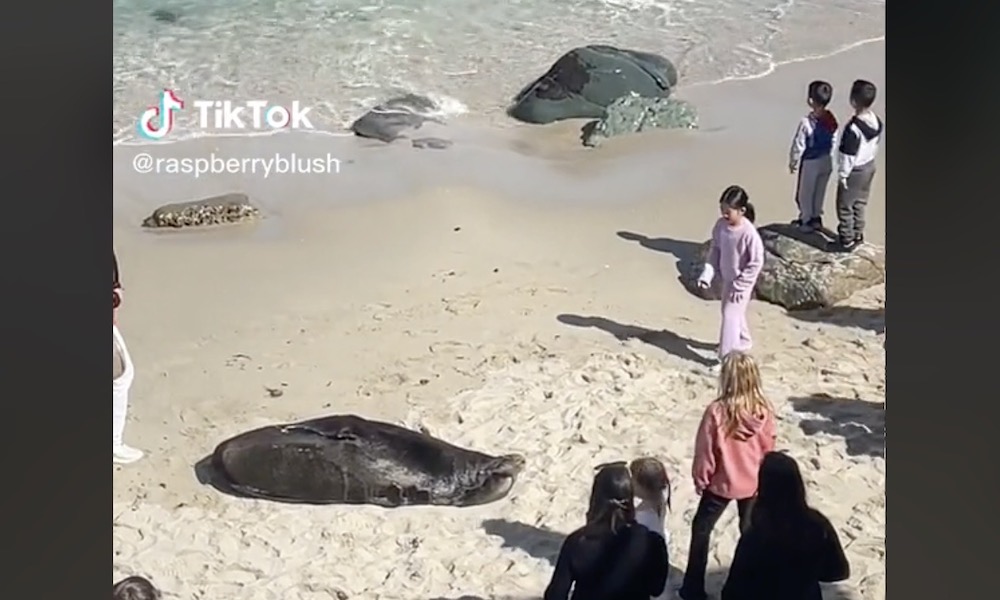A National Park Service employee recently captured an image showing a northern elephant seal resting in a parking lot at Point Reyes National Seashore.
Anyone who is fanatical about perfect placement between the lines will note that the seal could have been more considerate by inching a few feet to its left.
The NPS cleverly made light of the situation via Instagram:
“Ex-seal-lent parking job. Well, almost.
“A little on the line there, bud. When you pull into a spot, aim straight for the middle. Pulling too far forward into a spot could result in taking up two spots unnecessarily. Skirting the line can also impact your neighbor being able to open their door or how hard they will “accidentally” bump your car. Awkward.”
View this post on Instagram
More seriously, the NPS continued: “Always a best parking lot practice: drive slow, stay alert, make eye contact with pedestrians (or seals) to acknowledge their presence, not in a creepy way, and expect the unexpected at all times (like seals).”
Northern elephant seals are a popular attraction at Point Reyes National Seashore, especially during the winter with so many animals hauled out for the birthing and mating season.
–Image courtesy of NPS/K. Hernandez






